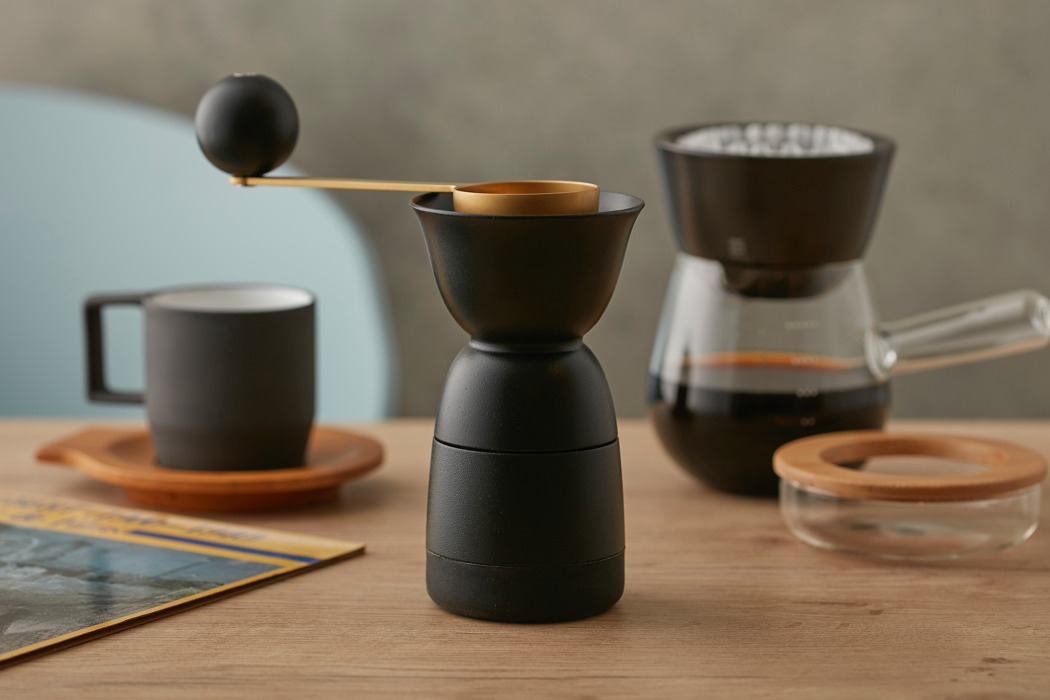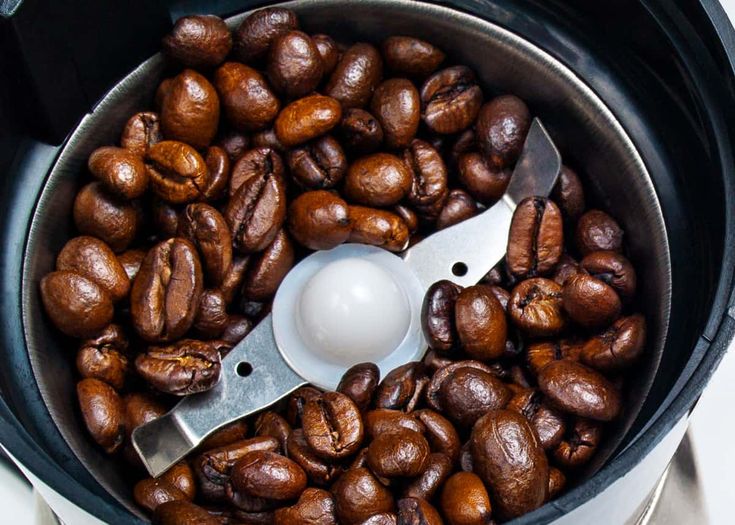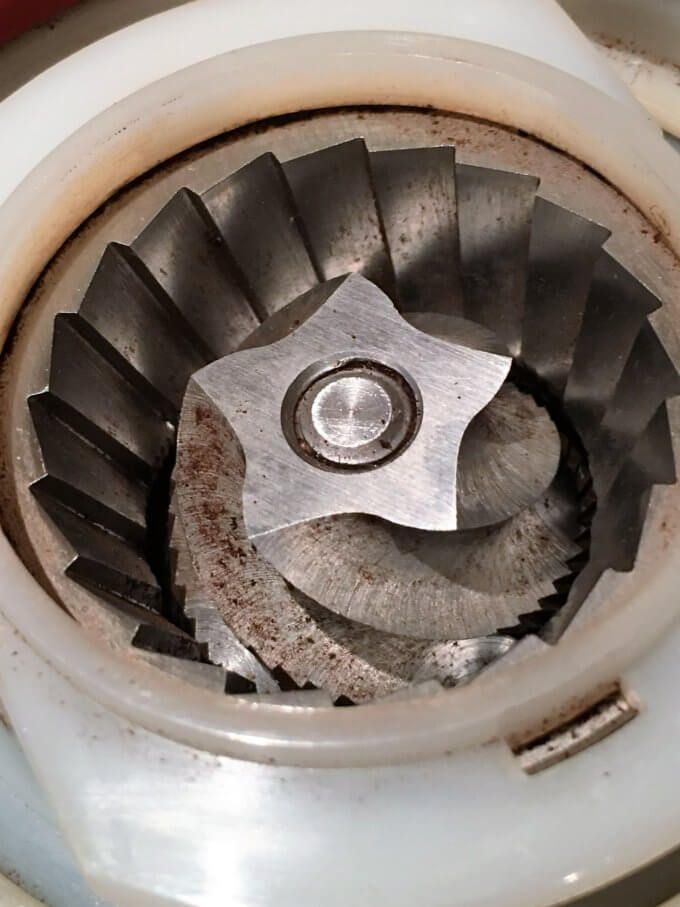
Make Coffee At Home With These Simple Coffee Grinding Techniques
They say size doesn’t matter, but here it does…a whole lot
We’ve talked about brewing styles and grind sizes, everything but the need-to-know, what essentially makes or breaks your coffee, which is size consistency from coffee grinding.
Inconsistent, and you have a barrage of different inconsistent flavour, not to mention from over extraction from bigger pieces, to under extraction from smaller pieces from your ground beans.
Yes, consistency really matters-that’s the ‘Chemical X’ for making good coffee essentially. What’s behind the consistency is the process of grinding. There are two types; blade and burr grinders, one gives better consistency, the other, not so much.
Everything’s On A Need to Know Basis
Each grinder has its quirky peculiarities. Which we’ll discuss, how it works, as well as its cons and pros (if it has any). What’s more , we’ll try to keep things as succinct as possible.
What you need to know is the quality and type of a coffee grinder will affect your grind size consistency.
Coffee Grinding With Blade Grinders

source: https://pin.it/1rDSoNzdd
Blade grinders don’t particularly have a good name in the coffee world because of their inability to get coffee beans to a uniform grind size. They chop the beans as they pass in a completely random fashion.
One of the pros of using a blade grinder is it increases your tolerance for waiting to achieve a decent ground consistency.
If you’re in the mood to be a little adventurous, by all means you could try the Turkish style coffee made from extra fine ground beans for a try.
Another is, it’s cheaper than some types of burr grinders.
Aside from reaching over extraction and under extracting some of the bigger pieces from the chopped up beans. Another con of using a blade grinder is its spinning blade generates friction, which generates heat, which in turn heats the beans and roasts the coffee, more or less overcooking the coffee leaving it tasteless.
Coffee Grinding With Burr Grinders

source: https://pin.it/3PwUIxLFT
Burr grinders gives you satisfaction in three folds; the first is the joys of seeing your beans ground to an absolute consistency; second, the pleasure of grinding your own coffee manually with a hand crank, how it’s supposed be done; lastly, you’ll slowly but surely start a workout routine once you see how defined your forearms have become from grinding every morning.
They’re best suited for home use, and coffee shops because they grind coffee beans to a desired consistency and can be easily adjusted to any grind size; it’s the best thing since sliced bread.
Burr grinders have two revolving rough-edged wheels (known as the burrs) made from high-quality steel or ceramic. They rotate close to each other, grinding the beans between them.
Burrs have two mechanical variations within it; flat or conical burrs arranged inside it. The blades of flat burrs are parallel to each other and spin faster to grind coffee.
Whereas conical burrs use gravity to pull the coffee beans through the diagonally arranged burrs as they rotate and crush the beans to a grind size.
To Sum Everything Up
- The only thing you’ll get from blade grinders aside coffee bean dust every where is poor consistency and uneven extraction.
- If you have a blade grinder, consider brewing Turkish coffee with extra finely ground beans.
Source
How to Make Every Single Cup of Coffee Taste Better at Home…
5 Ways To Grind Fresh Coffee At Home



No Comments